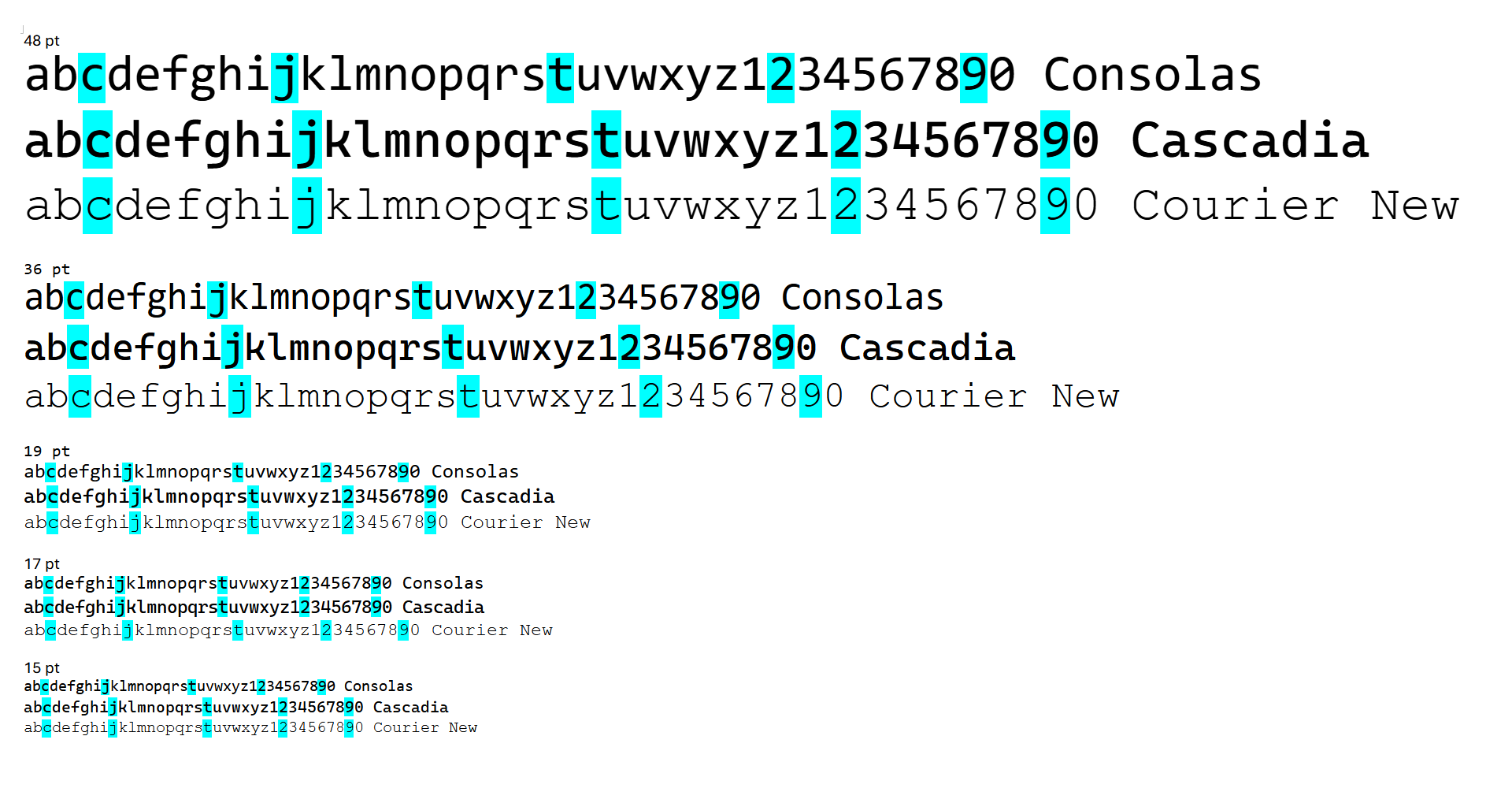
Together, this means that mono can take abuse without losing its strength, while also being able to roll across abrasive surfaces. Mono is a single filament of relatively thick diameter moreover, it’s round. Superior abrasion resistance - This will be a real surprise to many of you-and it was to us-but mono is actually quite abrasion resistant when compared to braid and fluorocarbon. That means that clear mono, at worst, is about 21 percent more visible than water, and at best about 15 percent more apparent to the human eye. Clear monofilament has a refractive index of just 1.53 to 1.62. A perfect match would mean near invisible in water, like clear glass. That low visibility is a function of how water refracts light, its “refractive index.” The closer the refractive index of your line comes to the water’s number, the less visible it is (hypothetically). You’ve probably heard the hype about fluorocarbon’s “invisibility” to fish-and there’s some truth to that, as we’ll discuss shortly. And for those who fish with techniques that demand easy-to-see line, like nymphing, mono is offered in bright yellow and other high-vis colors. Low and high visibility options- Monofilament is available in a wide assortment of colors to match your conditions, including very low-visibility options for clear water.
#Chart on mono compared to spectra line full#
Otherwise, the full brunt of all that energy is transferred to where you don’t want it-your knots! When a monster hits your line, you want some give to cushion that force. Stretch may not seem like an advantage, but consider that this gives mono awesome shock strength. Obviously, the longer the length of your line, the more this will matter, but exactly how much your mono will stretch depends on brand, diameter, and how wet it is.
#Chart on mono compared to spectra line pro#
Stretch - Due to the material used to make monofilament, it stretches a good bit under load-sometimes as much as 25 percent! Troy Gibson, a pro angler and lure designer, put this to the test and found that typical monofilament lines stretch about one-inch per foot, or roughly eight percent. A traditional choice that’s been around for a long time, it’s better suited for a variety of fishing tasks than advertising copy and fishing websites might lead you to believe. This material is often a blend of nylon polymers with varying attributes that together make a pliable, strong line. Comparison, Explanation, and Evidence MonofilamentĪs its name implies, monofilament is composed of a single strand of tough material. Exceptions exist, of course, but if we had to choose a single type of line to spool on all our gear, our choice would be between brands of excellent nylon monofilament. Mono is probably still king, especially in higher-grade versions. What does this mean for you in the real world? It’s extremely visible in the water, too, making it better main line than leader material.Ĭheck out our guide and reviews for the best braided fishing line! Braided line is not particularly abrasion-resistant either, either. Its extreme limpness and low memory make it an exceptional choice when casting distance is critical, but it features very low shock resistance and very poor knot strength, meaning that the average braid will start to have trouble at just half its actual tensile strength. It’s very, very sensitive, and is at its best when there’s a lot of line between you and your terminal tackle. The verdict is still out on its supposed “invisibility,” too, and this seems to depend at least as much on the species you’re after as the line itself.Ĭheck out our guide and reviews for the best fluorocarbon fishing line!īraid is an excellent choice when you need superior casting, more line on your spool, or the highest possible tensile strength for diameter. It’s also hard to tie well, and features relatively low knot strength. It is very hard, making it a poor performer when casting.

It stretches like mono, absorbing shock, but its low plasticity means that it tends to stay stretched once it’s been deformed. Because it’s not very dense, and given that otherwise admirable stretch, mono is generally lacking in ‘feel.’Ĭheck out our guide and reviews for the best monofilament fishing line!įluorocarbon is still probably best used as leader material by most anglers. It casts pretty well, too.īut it’s weakness is sensitivity.

And it’s relatively resistant to abrasion, inexpensive, and available in a wide range of colors including clear. Its awesome knot strength and easy tying mean that you’ll generally experience far fewer line break-offs, too. Its stretch helps cushion shock, preventing sudden failures. Monofilament is an excellent general choice for almost all applications. Our exhaustive research uncovered some surprising results: With that out of the way, let’s look at a snapshot of our findings. What is “best” depends on conditions, technique, and the fish being caught. Right up front, we need to state an important fact: 3 Comparison, Explanation, and Evidence.


 0 kommentar(er)
0 kommentar(er)
